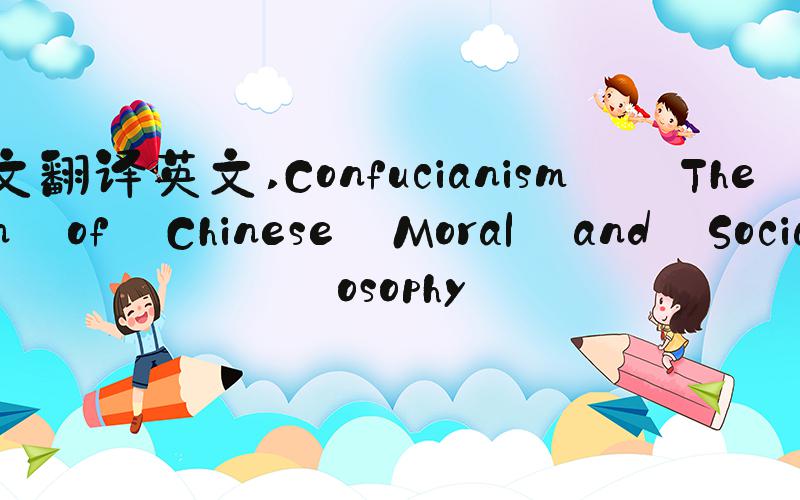
Title: Chinese Traditional Culture: A Treasure Trove of Wisdom
Introduction
China has a long and rich cultural history that has lasted for thousands of years. Its culture is a treasure trove of wisdom that has influenced and inspired people around the world. From ancient proverbs to traditional customs, Chinese culture reveals profound insights into human nature and living. This article will explore some of the highlights of Chinese traditional culture.
Confucianism: The Foundation of Chinese Moral and Social Philosophy
Confucianism is an ethical, philosophical, and social system founded by the Chinese sage Confucius in the 6th century BC. It has been one of the most influential schools of thought in Chinese history and has had a profound impact on the culture, education, and politics of China and other East Asian countries. The core values of Confucianism include Ren (benevolence), Li (propriety), Zhong (loyalty to the state), Shu (reciprocity), and Xiao (filial piety). Confucianism emphasizes the importance of personal integrity, social responsibility, and moral cultivation.
The Five Elements Theory: The Foundation of Traditional Chinese Medicine
The Five Elements Theory is a system of traditional Chinese medicine that has been used for over 2,000 years. It is based on the belief that everything in the universe is made up of five elements – Wood, Fire, Earth, Metal, and Water – which interact with each other in specific ways. Each element represents a different aspect of life and health, and imbalance or disharmony among the elements can lead to illness. The Five Elements Theory is still widely used today in acupuncture, herbal medicine, and other holistic health practices.
Chinese Calligraphy: A Visual Art that Embodies Traditional Chinese Values
Chinese calligraphy is a visual art that is rooted in Chinese cultural and spiritual traditions. It is the art of writing Chinese characters in a way that expresses beauty, harmony, and balance. Calligraphy is more than just a form of writing – it is a means of self-expression, a way of communicating thoughts and emotions, and a reflection of one's character. The beauty of calligraphy lies in its ability to convey meaning through the form and flow of the characters, as well as the use of ink, paper, and brush strokes.
Chinese Tea Culture: A Timeless Tradition of Elegance and Hospitality
Tea is an integral part of Chinese culture and has been for thousands of years. Chinese tea culture is about more than just drinking tea – it is a way of life that embodies hospitality, elegance, and socialization. The Chinese tea ceremony is a beautiful and intricate ritual that involves the preparation and brewing of tea, the presentation of the tea, and the appreciation of its aroma, taste, and texture. Chinese tea culture is also a reflection of the importance of harmony and balance in life, as well as the appreciation of natural beauty and simplicity.
Conclusion
Chinese traditional culture is a vast and rich treasure trove of wisdom that has endured for thousands of years. Its values, beliefs, customs, and arts have influenced and inspired countless people around the world, and continue to do so today. From Confucianism to calligraphy, from the Five Elements Theory to tea culture, Chinese traditional culture is a testament to the beauty, complexity, and depth of human experience and expression.

